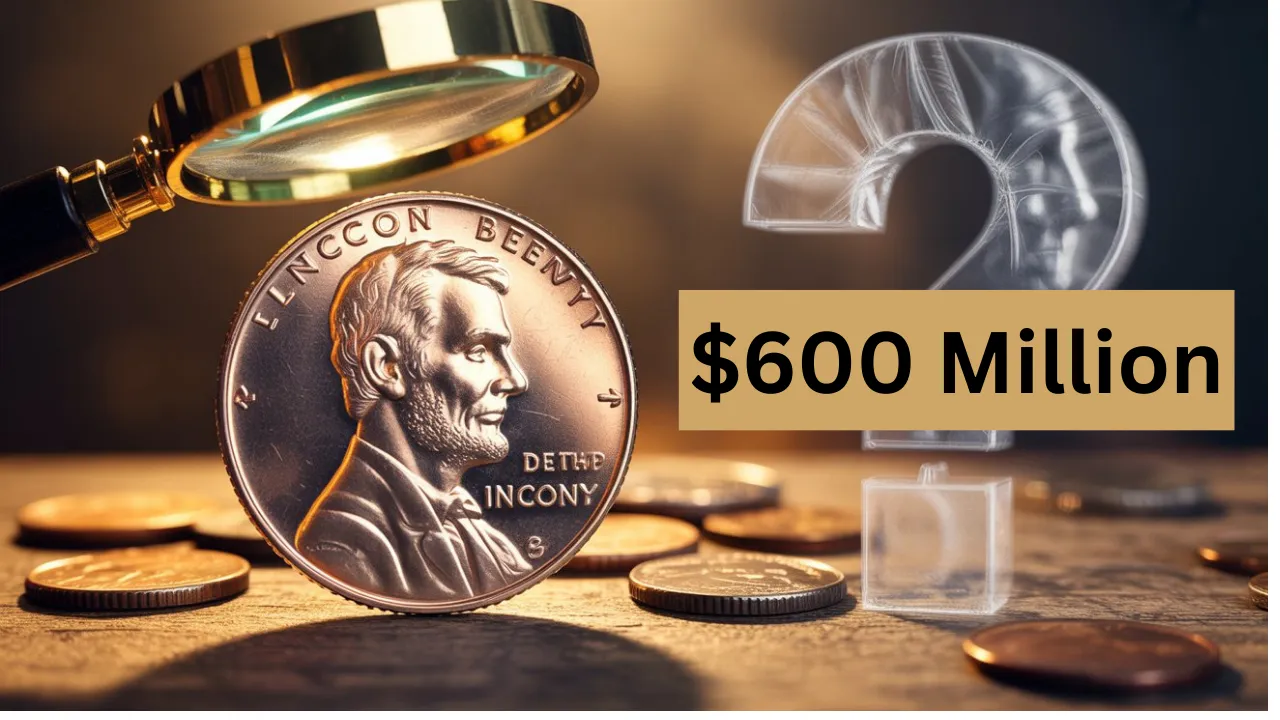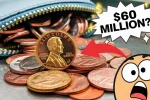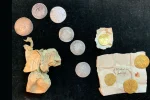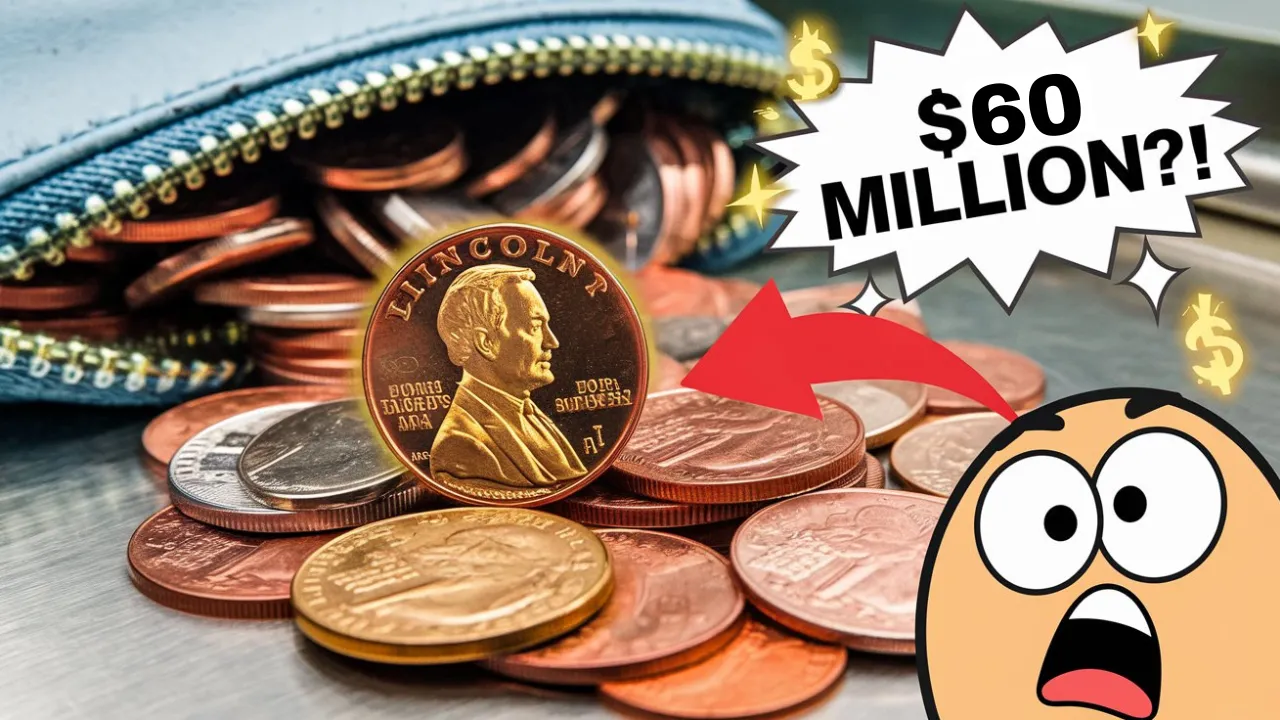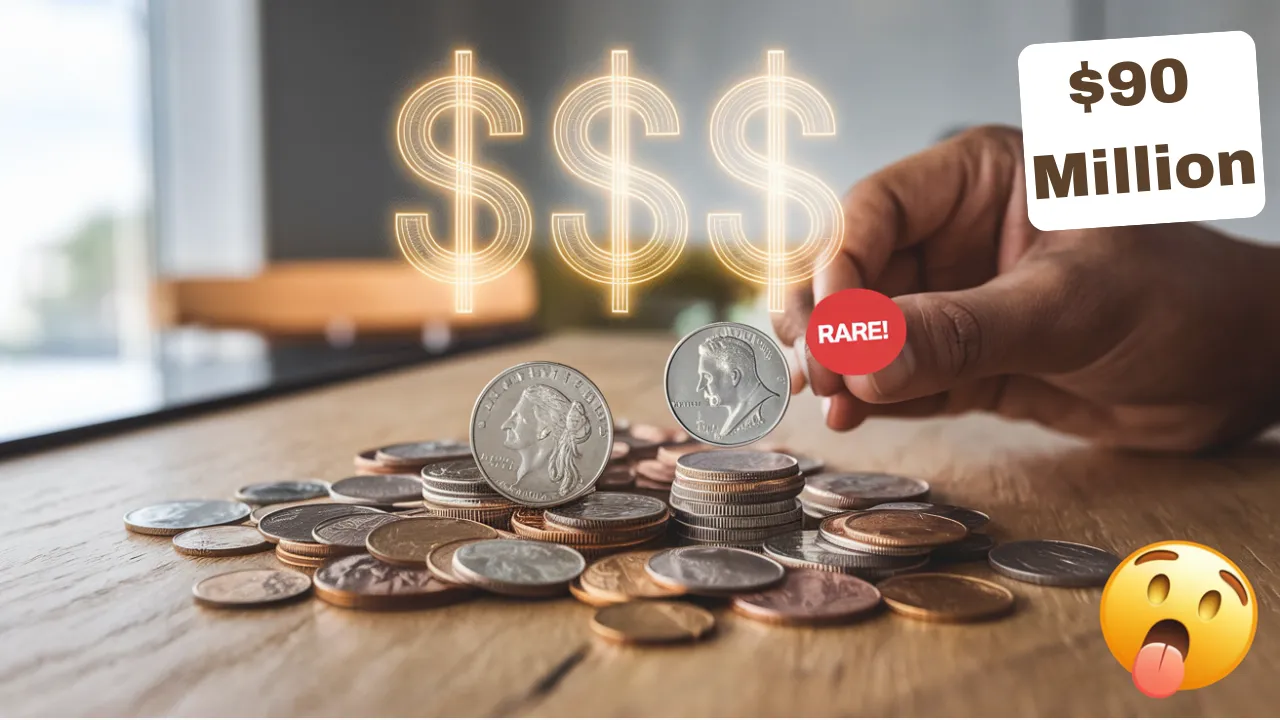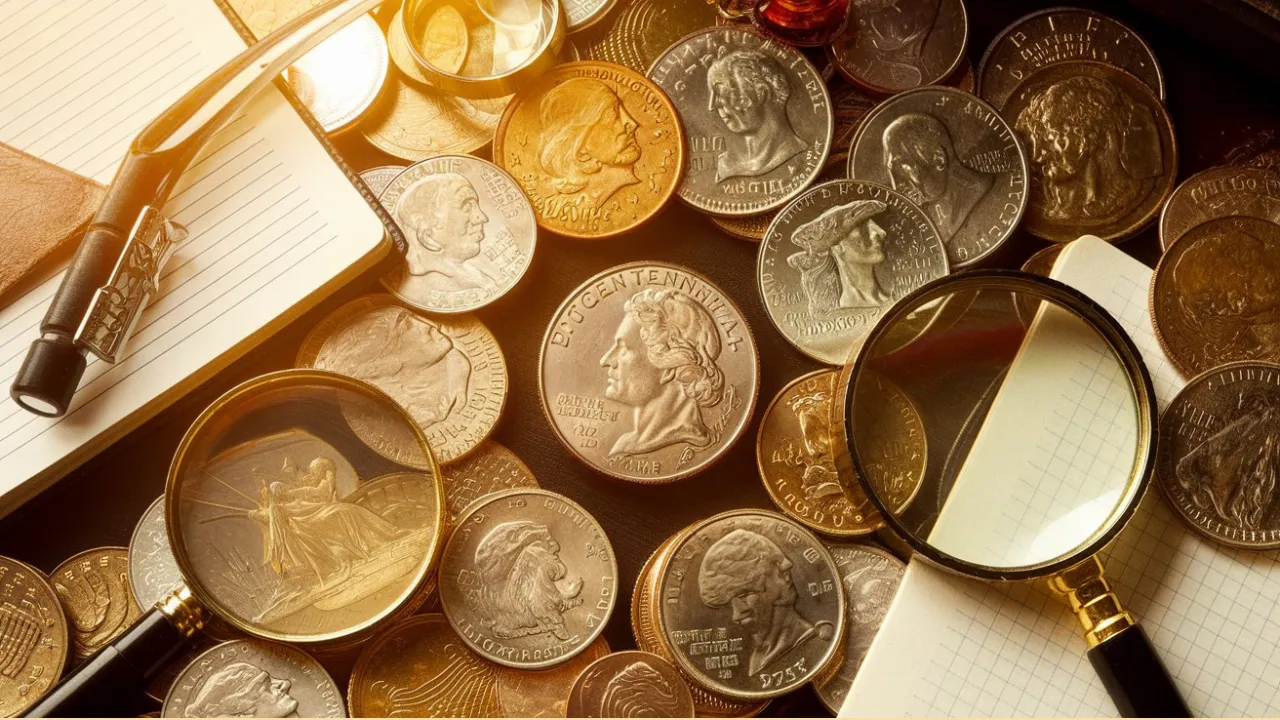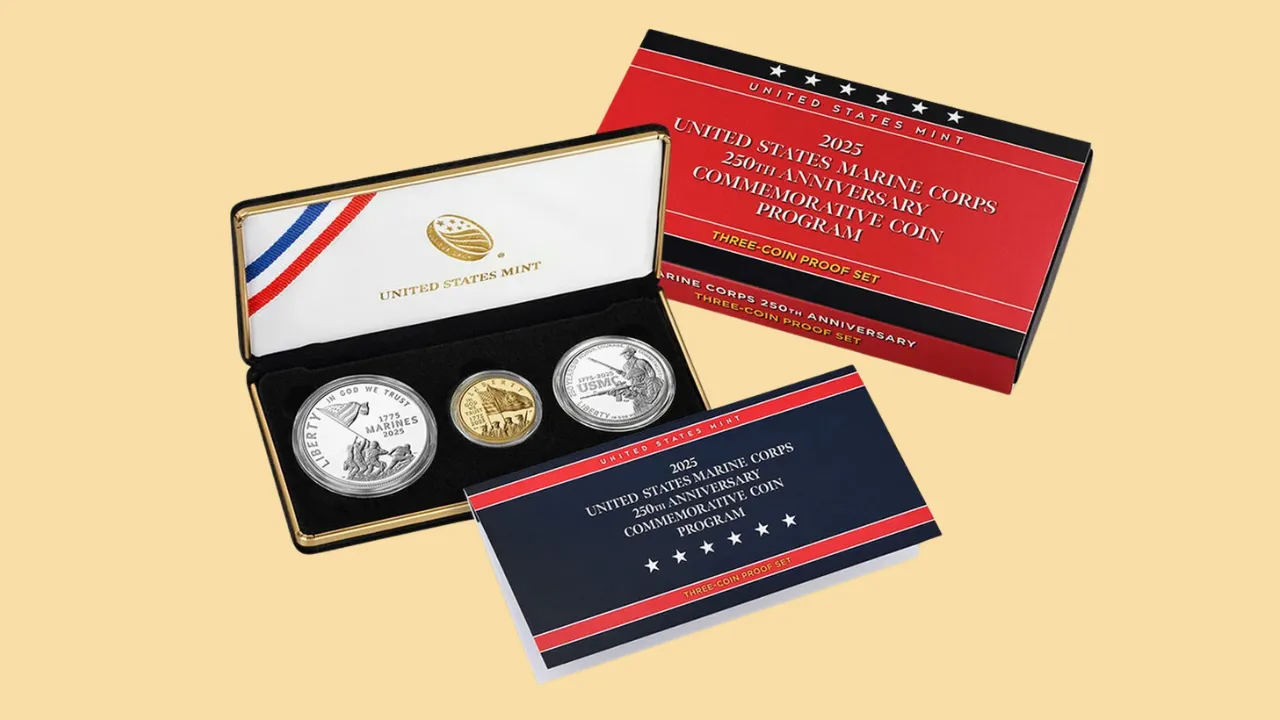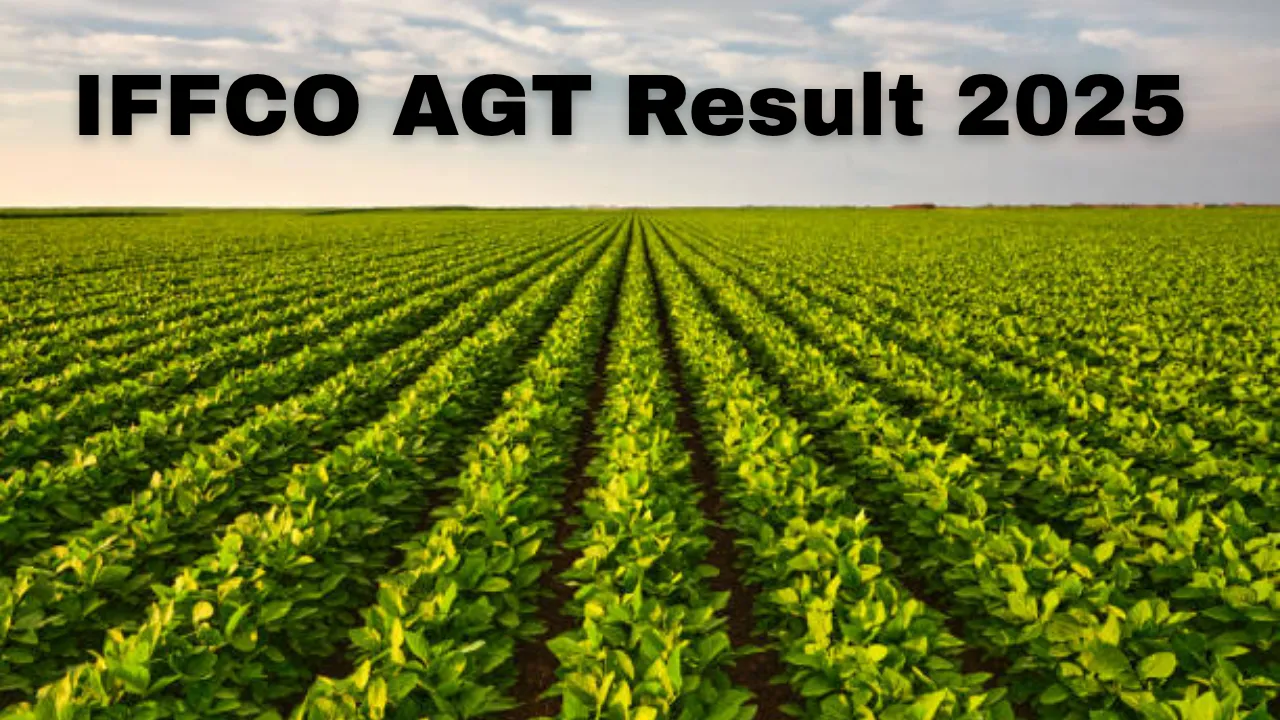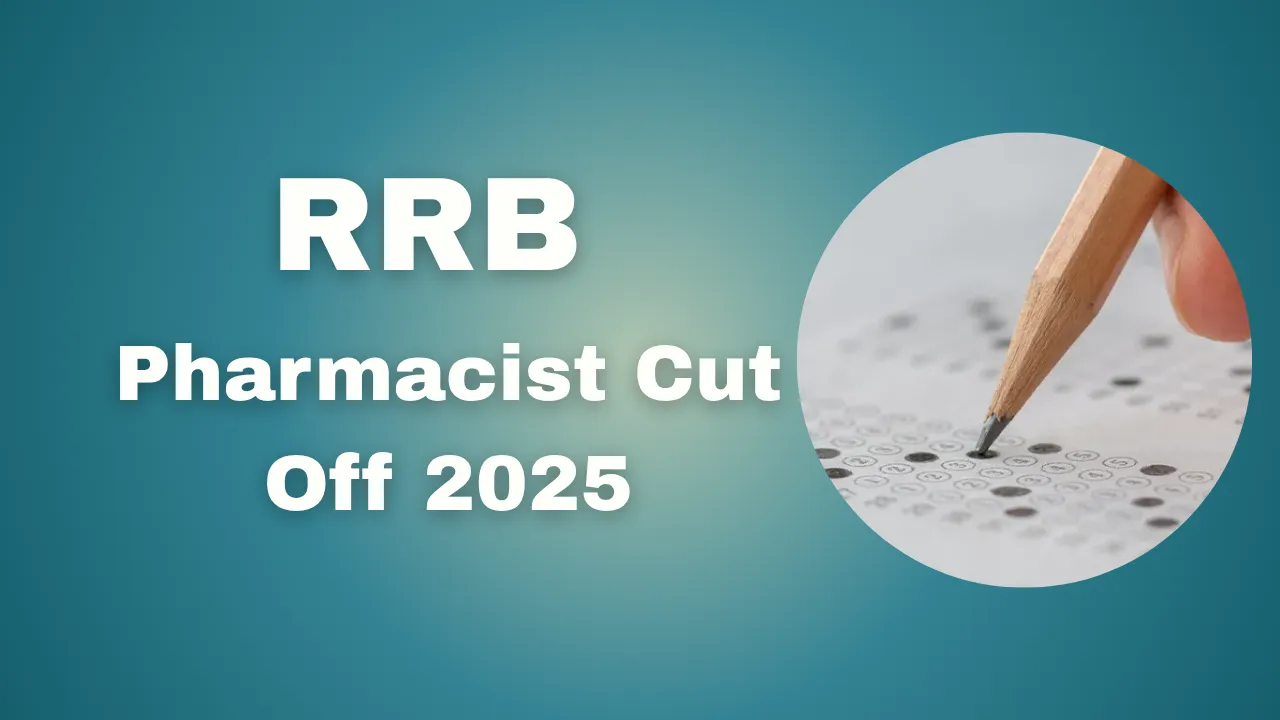Lincoln Wheat Penny Worth: The Lincoln Wheat Penny is one of the most iconic coins in American history. For collectors and history enthusiasts, it’s not just a piece of currency but a relic of the past. Stories often emerge of these pennies being worth millions—or even claims of a Lincoln Wheat Penny worth $600 million. But how much truth is there to these tales?
In this article, we’ll uncover the fascinating history of the Lincoln Wheat Penny, explore the factors that determine its value, and separate myths from facts. Whether you’re looking to identify a rare find or simply learn more about this historical coin, this guide has you covered.
Lincoln Wheat Penny: Quick Facts
| Feature | Details |
| First Issued | 1909, marking Abraham Lincoln’s 100th birthday |
| Designer | Victor David Brenner |
| Obverse Design | Lincoln’s profile |
| Reverse Design | Two wheat stalks |
| Minting Period | 1909–1958 |
| Rarest Coins | 1909-S VDB, 1943 Copper, 1955 Double Die |
| Most Expensive Sale | 1943-D Copper Penny sold for $1.7 million in 2010 |
| Value Range | $0.01 to $1 million+ depending on rarity, condition, and errors |
The Origins of the Lincoln Wheat Penny
The Lincoln Wheat Penny made its debut in 1909, celebrating Abraham Lincoln’s centennial. Designed by Victor David Brenner, the coin featured Lincoln’s profile on the obverse, making it the first U.S. coin to honor a president. Its reverse depicted two wheat stalks, symbolizing prosperity and abundance, earning the nickname “Wheat Penny.”
This design was produced until 1958, when the reverse was updated to feature the Lincoln Memorial. Over its nearly 50-year run, billions of Wheat Pennies were minted, making them a common sight in American pockets. However, among these billions, a few rare coins stand out for their scarcity and value.
The Truth Behind the Lincoln Wheat Penny Worth Millions
The claim of a Lincoln Wheat Penny worth $600 million may sound exciting, but it’s more fiction than fact. No penny has ever reached such a staggering valuation. That said, some Wheat Pennies have sold for impressive sums.
Common Pennies
Most Wheat Pennies minted in the 1940s and 1950s are extremely common. In circulated condition, they typically fetch just a few cents above their face value. Even uncirculated examples are often valued at only a few dollars.
Rare and Semi-Rare Pennies
Certain dates and mint marks, known as “semi-key” and “key dates,” are much harder to find. For example:
- 1909-S VDB: Only 484,000 of these were minted, making them highly valuable.
- 1914-D: A sought-after semi-key date, valued at hundreds or thousands depending on condition.
- 1931-S: Another scarce date worth hundreds in good condition.
Error Coins: The Real Treasures
Some of the most valuable Wheat Pennies owe their worth to errors during production. Examples include:
- 1943 Copper Penny: These were mistakenly struck on copper instead of the wartime steel, with one selling for $1.7 million in 2010.
- 1955 Double Die Obverse: Known for its distinctive doubling of the text, this penny can sell for thousands.
What Determines a Wheat Penny’s Value?
Several factors come into play when evaluating the worth of a Lincoln Wheat Penny:
- Rarity
Coins with low mintages or unusual features are highly sought after. Rarer coins, like the 1909-S VDB, command premium prices. - Condition
A penny’s state of preservation significantly affects its value. Coins in pristine, uncirculated condition are much more valuable than those showing wear and tear. - Mint Errors
Mistakes made during production, such as doubled dies or wrong metal compositions, can skyrocket a coin’s worth. - Historical Significance
First-year issues or coins tied to notable events, like the 1943 Copper Penny, hold added appeal for collectors. - Collector Demand
High demand for specific coins can drive up prices, especially for popular series like the Lincoln Wheat Penny.
Most Valuable Lincoln Wheat Pennies
Here’s a look at some of the most coveted Wheat Pennies and their approximate market values:
- 1909-S VDB: $1,000 – $100,000+ depending on condition.
- 1943 Copper Penny: $100,000 – $1,700,000+.
- 1955 Double Die Obverse: $1,000 – $50,000+.
- 1914-D: $300 – $20,000+.
- 1922 Plain (No D): $500 – $15,000+.
While none of these coins approach the mythical $600 million mark, their real-world values are still remarkable.
How to Identify Rare Wheat Pennies
If you’re hoping to find a valuable penny in your collection, follow these steps:
- Examine the Date and Mint Mark: Rare dates like 1909-S or 1914-D are worth special attention.
- Search for Errors: Look closely for doubling, off-center strikes, or unusual metal compositions.
- Assess the Condition: Coins with sharp details and minimal wear are significantly more valuable.
- Get a Professional Appraisal: If you suspect you have a rare coin, consider having it evaluated by an expert.
FAQs About Lincoln Wheat Penny Worth
1. Are all Wheat Pennies valuable?
No, most Wheat Pennies are worth just a few cents above face value unless they are rare or in exceptional condition.
2. What is the rarest Lincoln Wheat Penny?
The 1943 Copper Penny is one of the rarest, with some examples selling for over $1 million.
3. Can I find a valuable Wheat Penny in circulation today?
While rare, it’s still possible to find Wheat Pennies in circulation. Checking old change jars or coin rolls can sometimes yield interesting finds.
4. Should I clean my Wheat Pennies?
No, cleaning can damage the coin and lower its value. It’s best to leave them in their natural state.
5. How can I sell a valuable Wheat Penny?
You can sell through auction houses, online marketplaces, or reputable coin dealers. Ensure your coin is authenticated and graded for maximum value.
Conclusion: The Real Treasure of the Lincoln Wheat Penny
While the idea of a Lincoln Wheat Penny worth $600 million is a myth, the coin’s real value lies in its history, rarity, and enduring appeal to collectors. From the legendary 1909-S VDB to the astonishing 1943 Copper Penny, these coins continue to fascinate and inspire.
Whether you’re a casual collector or a dedicated numismatist, the joy of discovering a rare penny is priceless. So the next time you sort through your change, take a closer look—you might just uncover a hidden treasure.
Have a story about finding a rare Wheat Penny? Share it in the comments below, and don’t forget to explore more about the fascinating world of coins!
